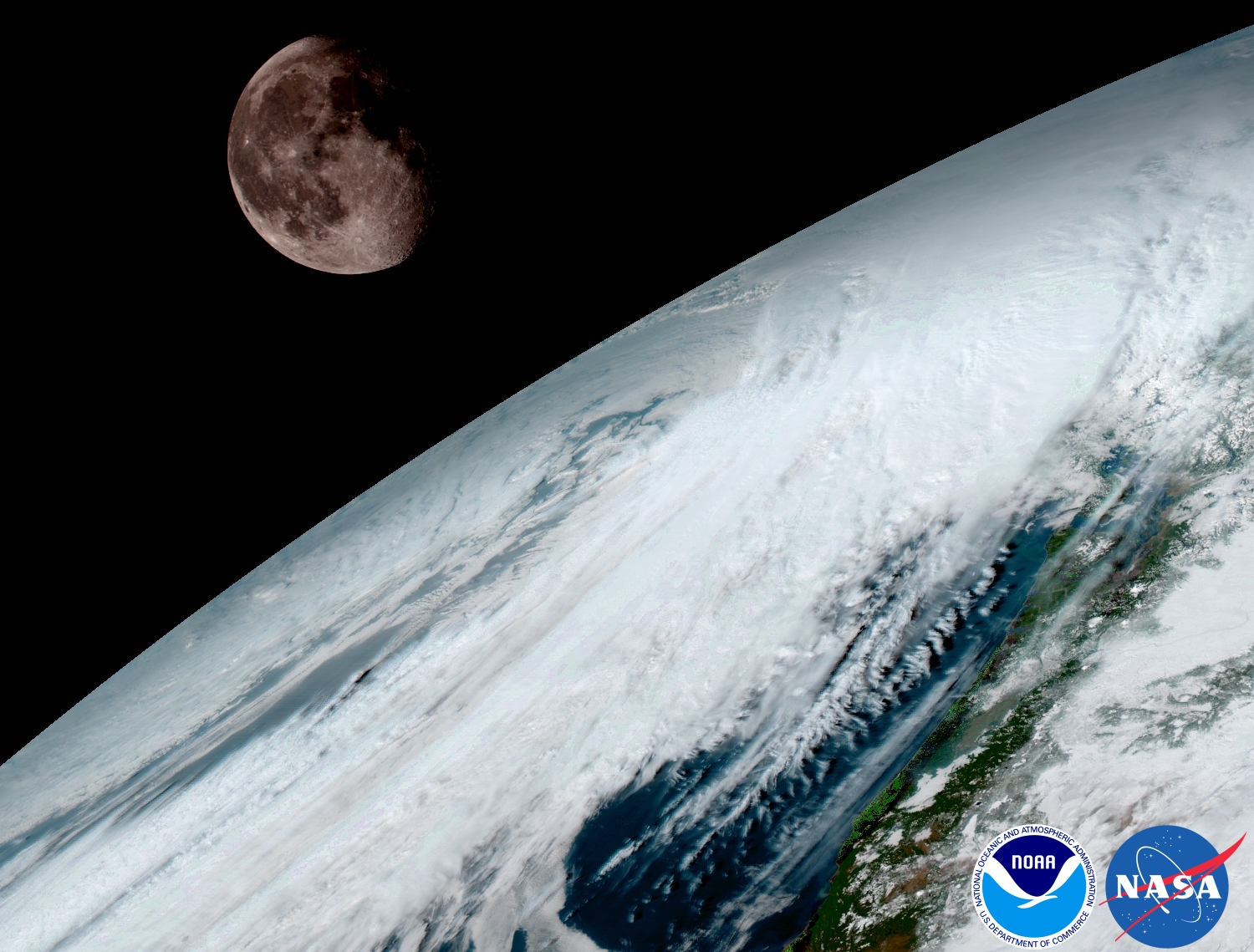Out of 16 participants, only five remain to secure and stage a moon landing. The deadline is set on December 31. The five remaining teams are Synergy Moon, Team Indus, SpaceIL, Hakuto, and Moon Express.
The first stage of the competition had the teams sign a private contract for launching a spacecraft bound for the moon, while also having said contract verified by the X Prize Foundation. Some of the teams are yet to have their rockets tested before launch. On the other hand, SpaceIL’s lander will ride a SpaceX Falcon 9, while Indus and Hakuto, teams from India and Japan respectively, have opted to share the same rocket.

The prize conditions have competitors carry out a mission to land a robotic vehicle on the moon, and then having it move at least 500 meters on the surface while being able to send high-quality photos and video back to Earth. Each team is expected to fund the mission from the private sector and governments can only provide a 10 percent of the required financing for the mission.
The first team to complete the task will win a whopping $20 million, while the second team will receive $5 million. The remaining teams that manage to complete the mission will receive minor yet significant prizes. This goes especially for teams that manage to complete optional objectives, such as nearing an Apollo landing site.
The race for the Moon, sponsored by Google
The race leader appears to be SpaceIL, an organization based in Israel which will ride a Falcon 9 toward the moon. Their rover is expected to accomplish the main objectives in the second half of 2017. If it succeeds, it will become both the first Israeli and private spaceflight mission to land a vehicle on the moon.
SpaceIL will take advantage of the services provided by Spaceflight Industries by buying a room for lodging their equipment on an upcoming SpaceX launch. Spaceflight Industries co-founder Jason Andrews assures that their company works pretty much like an everyday transportation agency, where a person does not buy the whole bus, but rather a ticket to occupy one of the seats and carry a specific amount of luggage.

On the other hand, Spaceflight Industries did buy a whole Falcon 9 rocket to fully develop the service, becoming one of the pioneers of private space travel services.
SpaceIL’s lander is codenamed “Sparrow,” and it is planned to be carried on a future Falcon 9 launch. The Sparrow will be the last to get off from the rocket as it nears the moon. Eventually, the Sparrow will detach and use its boosters to land on the lunar surface.
Hakuto and Indus will share a PSLV rocket, developed by the Indian Space Research Organization. The X Prize Foundation has approved the agreement, and they expressed the pleasure of seeing two competitors collaborating to succeed on the mission.
“The purpose of this prize was, in part, to foster collaboration in the private sector and this is a great demonstration of teams coming together in the next giant leap in space exploration,” stated Chanda Gonzales-Mowrer, director at the X Prize Foundation.
There are other intentions for reaching the moon
The American group in the last stretch of the race is Moon Express. They plan to launch their own rocket, known as the Electron, being developed by Rocket Lab. The Electron has not been tested, although the process is expected to take place within the first months of 2017. Moon Express also became the first U.S. private company to receive government approval for staging a lunar mission.
Its directors had to meet with the Federal Aviation Administration to get the green light, even when there is no specific regulation concerning private launches headed toward other celestial bodies. To date, American commercial companies have only been allowed to launch satellites, which counts as cargo. Landing on the moon is a very different procedure, but it seems that the government will be allowing Moon Express to become a first of its kind.

It is worth noting that Moon Express intends on heading to the moon with the intention of mining it to obtain rare resources and metals. The organization expects many more missions to the moon and having an efficient lunar mining infrastructure by 2020 to take advantage of the extracted resources.
The legal framework that Moon Express is working with does not guarantee that they will have the right to use the obtained materials as they desire, although ex-President Obama did sign a bill restricting the FAA from imposing rules on commercial spacecraft for seven years, known as the Commercial Space Launch Competitiveness Act.
To date, only three countries have managed to successfully land a vehicle on the moon, these being the U.S., Russia, and China. It is important to know that landing a vehicle is not the same as sending a probe, mainly because a spacecraft or a rover must land softly without suffering major damages so it can complete its mission.
Source: The Verge
